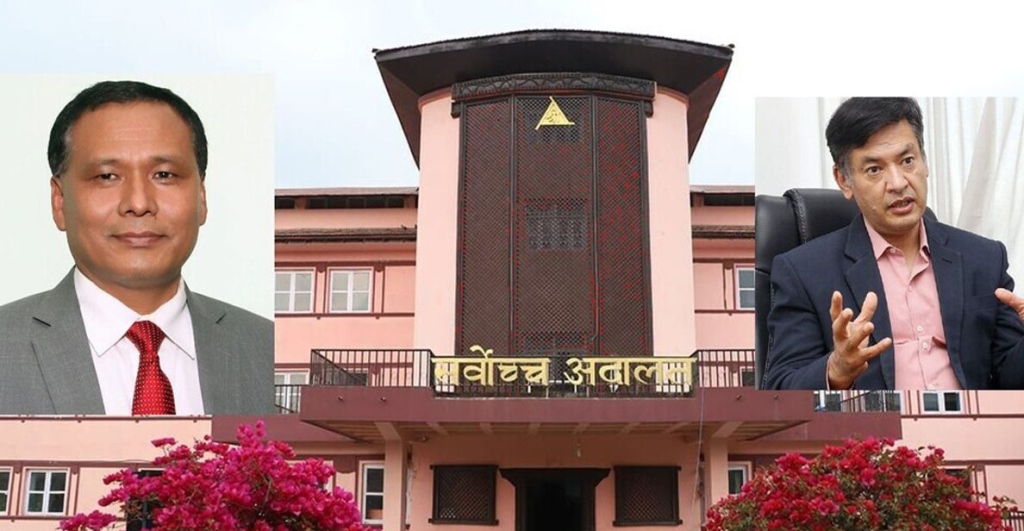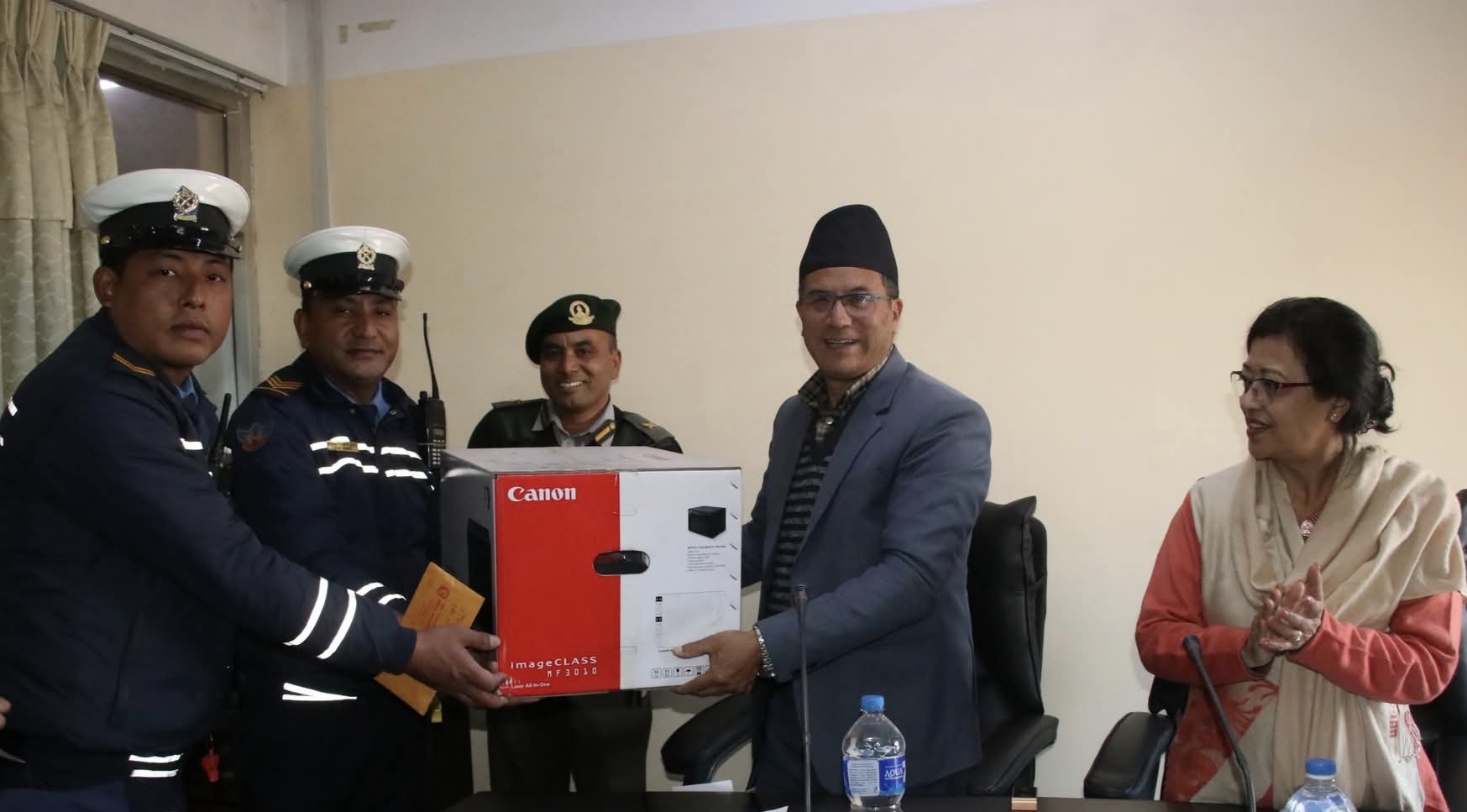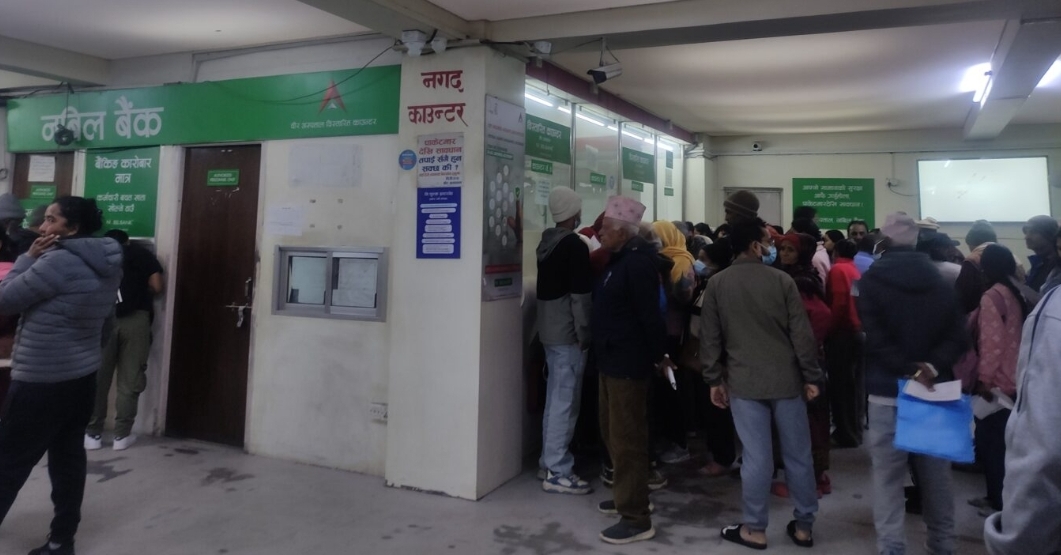काठमाडौँ , १६ साउन, काठमाडौँ । शिक्षक लाईसेन्सको तयारी गरिरहेकाहरुको आबश्यकतालाई मध्यनजर गर्दै हामीले विभिन्न विषयहरुको सम्भावित वस्तुगत, विषयगत नमुनापश्नको संगालो ल्याउने गरेका छौँ । पाठ्यक्रम अनुसार पहिलो पत्रको अङ्कभार ६५ कायम गरिएको छ । सम्बन्धित विषयक्षेत्रको पाठ्यवस्तु परीक्षण गर्न ४० नम्बरको ४० वटा (बहुवैकल्पिक) प्रश्न रहनेछन् र शिक्षण सिकाइका तौरतरिका (विधि), सिकाइमा सूचना तथा सञ्चार प्रविधिको प्रयोगसम्बन्धी ज्ञान परिक्षण गर्नका लागि ५ अङ्क भारका दरले ५ ओटा प्रश्नहरु सोधिनेछन् । आज हामीले पहिलो पत्र अन्तर्गत शिक्षण सिकाइका तौरतरिका (विधि), सिकाइमा सूचना तथा सञ्चार प्रविधिको प्रयोगसम्बन्धी ज्ञान अन्तर्गत एकाइ दुईको पेरियोडिक तालिका ( Periodic Table ) बाट केही महत्वपूण २० ओटा वस्तुगत प्रश्नोत्तर लिएर आएका छौ ।
यी हुन् शिक्षक लाईसेन्सको निम्न माध्यामिक तह विज्ञान विषयको परीक्षमा सोधिने केही महत्वपूर्ण वस्तुगत प्रश्नोत्तर
1.The Mendeleev’s periodic table based on
a.Atomic number b. Atomic mass
c. Atomic structure d. Electronic configuration
2.The vertical columns of periodic table are called
a.Group b.Period
c. Block d. Vertical group
3.The horizontal row periodic table are called.
a.Group b. Period
c. Block d. Horizontal group
4.The basis of management of elements in a group of modern periodic table is
a.Similarites of shape and size
b.Simililarities of states
c.Similarities of physical and chemical properties
d.Similarities of valence electrons
5.The basis of management of elements in a horizontal period of modern periodic table is
a.Increasing order of atomic number
b.Increasing order of atomic mass
c.Increasing order of atomic size
d.Increasing order of valencies
6.What does” periodic function” mean in periodic law ?
a.Physical properties of elements
b.Chemical properties of elements
c.Physical and chemical properties of elements
d.Repeated properties of elements
7. Across period atomic size decreases due to.
a. Shielding effect
b. Photoelectric effect
c. Increase in nuclear force of attraction
d Decrease in nuclear force of attraction
8. First three periods are
a.Long periods b. Short periods
c. Moderate periods c. None of above
9. Modern periodic table consists of ………… periods.
a. 5 b. 6
c. 7 d. 9
10. According to IUPAC, modern periodic table consists….. groups
a. 18 b. 9
c. 8 d. 7
11. Group LA elements are called
a. Metals b. Alkali metals
c. Representative elements d. Transaction elements
12. Group II A element are called
a. Alkaline earth metal b. Alkali metals
c. Representative elements d. Transaction elements
13. Group VIIA elements are called
a. Metals b. Non metals
c. Helogens d. Inert gases
14. Group ‘O’ elements are called
a.Non-metals b. Halogens
c. Transition elements d. Inert gases
15. Chemical properties depends upon
a.Electronic configuration b. Valence shell electronic configuration
c. Atomic mass d. All of above
16. Ability of atom to attract electrons towards it self is called
a.Electron affinity b. Electonegativity
c. Lonization energy d. Shielding effect
17. Average distance between nucleus and outer shell is called
a. Atomic size b. Nuclear size
c. Shielding effect d. None of above
18. Shielding effect across period.
a. Increases b. Decreases
c. Becomes equal to above periods d. Remains
same
19.In periodic table elements with similar valence shell configuration are placed in ?
a. Different groups b. Energy is released
c. Energy remains same d. Force of attraction increase
20.As we go from left to right across period, electron affinity
a. Increases b. Decreases
c. Remains same d. None of above







